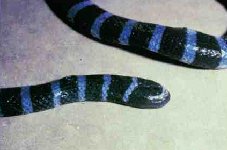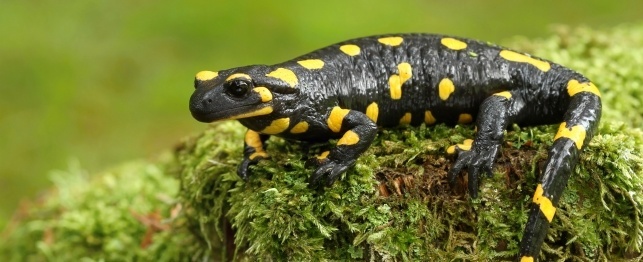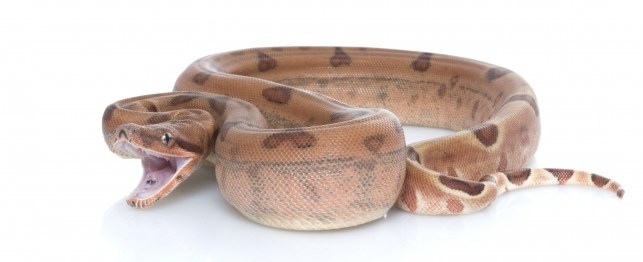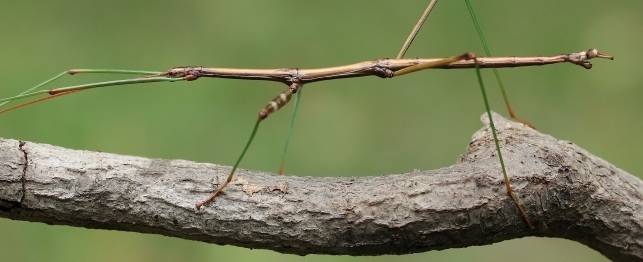
These cold blooded creatures depend a great deal on their environment in order to thrive and even function efficiently. In order to eliminate the waste from meals consumed the previous day, an iguana will typically bask for a couple of hours.
many wild iguanas spend most of their days in tree branches. Iguanas are not able to eat, digest their food and excrete their waste unless they have a steady and reliable source of heat.
They are known as tree dwelling, or ardoreal reptiles, meaning that they spend much of their lives in trees and only come down if necessary.
There are around 50 species of plants that iguanas feed from, and they obtain their nutrients from these plants. They simply feed from another plant if one particular species does not contain the nutrients they need.
Iguanas of all sizes and shapes can be found in the world's tropical rain forests and tropical areas, partly because of the abundance of plants providing all the nutrients they need.
There are some important iguana care considerations if you have a pet iguana and are planning to build iguana housing:
1. Your pet iguana can grow up to four feet long, possibly as long as six feet if cared for properly.
You can begin by having a small iguana house, although over time as your pet grows you will need to make it larger, as your iguana cage or enclosure should be at least twice as long as the creature itself.
If your iguana housing is too small and cramped, there is a very real possibility of the creature trying to escape; if this happens there is a good chance that they are not comfortable or happy.
2. If you live in a warm area, a mesh iguana cage is adequate. However, you will need to purchase or construct a glass cage or terrarium if you live in an area where temperatures dip below 79 degrees F on most days. The heat will be retained more efficiently in a glass enclosure.
Your iguana will also need to receive plenty of heat and ultra violet rays, meaning that you will need to install UVB lamps and heating lamps to ensure that your pet is comfortable and will thrive. As mentioned previously, iguanas will only be able to function well if they regularly receive the amount of heat they need, and this applies to pets as well as those that in the wild.
3. You will also have to provide your pet iguana with at least one structure to climb on, as they are tree dwelling creatures. This will need to be strong enough and large enough to safely support your pet. A weight of up to five kilos is typical for an adult iguana that is between about for and five feet long.
 Interaction of Sea Snakes with Humans
Interaction with Humans
There have been myths concerning the
Interaction of Sea Snakes with Humans
Interaction with Humans
There have been myths concerning the
 Choosing a Spotted Salamander
Choosing a Spotted Salamander
Choosing a Spotted Salamander
Choosing a Spotted Salamander
 Choosing a Colombian Boa
Choosing a Colombian Boa
Choosing a Colombian Boa
Choosing a Colombian Boa
 Unusual Pets - Stick Insects
Unusual Pets - Stick Insects
Unusual Pets - Stick Insects
Unusual Pets - Stick Insects
 How to Make Glass Doors for Vivariums
How to Make Glass Doors for Vivariums
How to Make Glass Doors for Vivariums
How to Make Glass Doors for Vivariums
Copyright © 2005-2016 Pet Information All Rights Reserved
Contact us: www162date@outlook.com